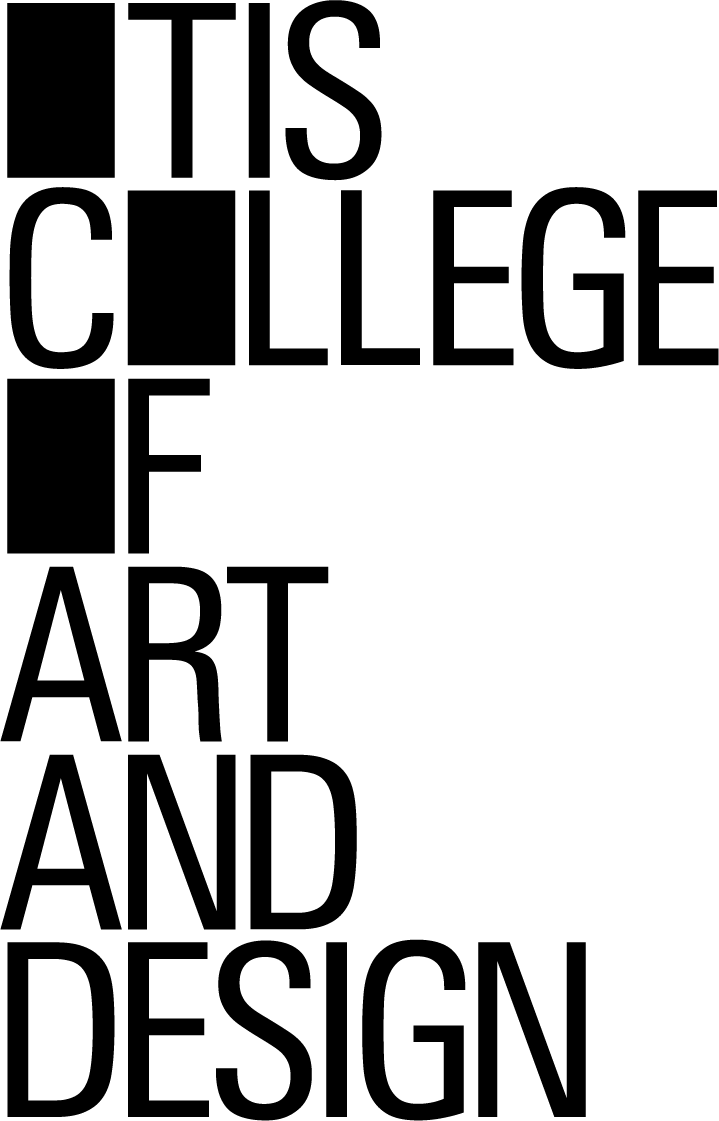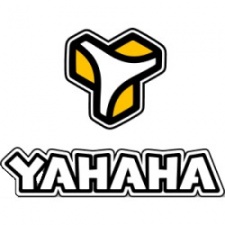How Game Publisher Electronic Arts Got Started
 A user of the question-and-answer site Quora recently asked me how the game publisher Electronic Arts its start. Although I’ve never worked directly for Electronic Arts, I was co-owner of a company, Electric Transit, that was Electronic Arts’ first affiliated label publisher, and I did work for EA founder Trip Hawkins later as one of his employees at The 3DO Company. So, I figured that gave me enough expertise to answer the question, and here is the answer I gave.
A user of the question-and-answer site Quora recently asked me how the game publisher Electronic Arts its start. Although I’ve never worked directly for Electronic Arts, I was co-owner of a company, Electric Transit, that was Electronic Arts’ first affiliated label publisher, and I did work for EA founder Trip Hawkins later as one of his employees at The 3DO Company. So, I figured that gave me enough expertise to answer the question, and here is the answer I gave.
Electronic Arts founder Trip Hawkins got the idea to start a company publishing computer games while he was a student at Stanford University in 1977. He told his idea to like-minded fellow Stanford student Bing Gordon but estimated that the home computer market wouldn’t be large enough to make such a company viable for another five years.
Sure enough, in February 1982, Trip Hawkins arranged a meeting with Don Valentine of Sequoia Capital to discuss financing his new venture, which he called Amazing Software. Valentine encouraged Hawkins to leave his position as Director of Marketing & Strategy at Apple Computer and allowed Hawkins use of Sequoia Capital’s spare office space to start the company.
On May 28, Trip Hawkins incorporated and established the company with a personal investment of an estimated $200,000. Seven months later in December, Hawkins secured $2 million of venture capital from Sequoia Capital, Kleiner Perkins Caufield & Byers, and Sevin Rosen Funds.
For more than seven months, Hawkins refined his business plan. With aid from his first employee (with whom he worked in marketing at Apple), Rich Melmon, the original plan was written, mostly by Hawkins, on an Apple II in Sequoia Capital’s office in August 1982. During that time, Hawkins also employed two of his former staff from Apple, Dave Evans and Pat Marriott, as producers, and a Stanford MBA classmate, Jeff Burton from Atari for international business development. The business plan was again refined in September and reissued on October 8, 1982
Between September and November, employee headcount rose to 11, including Tim Mott, David Maynard, Steve Hayes, and his friend from Stanford, Bing Gordon, whom he brought on as Chief Creative Officer
Having outgrown the office space provided by Sequoia Capital, the company relocated to a San Mateo office that overlooked the San Francisco Airport landing path. Headcount rose rapidly in 1983, including employees from Apple, Atari, Xerox PARC, and VisiCorp, and Hawkins got Apple’s Steve Wozniak to agree to sit on the board of directors.
After deciding that “Amazing Software” was too pretentious a name for the company, the employees held a meeting that lasted late into the night to come up with a new name, and they selected “Electronic Arts.”
Hawkins wanted to treat software as an art form and called his developers, “software artists.” He decided to model his publishing company after the music publishing industry, and so contracted music producers to instruct his game producers — including Don Daglow, Richard Hilleman, Stewart Bonn, David Gardner, and Nancy Fong — in how to recruit, work with, and promote talent. Electronic Arts game its game developers in its marketing and packaging materials, and modeled its packaging after album covers because Hawkins thought that a record album style would both save costs and convey an artistic feeling.
Years later, as I was driving him to the airport when we were both at The 3DO Company, Hawkins told me about how he was the inventor of the term “producer” for the liaison between a game publisher and a game studio, as well as the term “director” for the person who directly manages the development team. And as much as he promoted the concept of game developers as artists, he told me that every game ever made originated from one of his ideas. I don’t know if he was kidding me or not, but true story!
Electronic Arts, or “EA” as the company was also known, quickly became the biggest game publisher, and has maintained it dominance in the industry for 35 years, even after the departure of Hawkins in 1991 to head up The 3DO Company, as well as Bing Gordon and many of its original executive and producers. As many success stories as there have been in Silicon Valley, Trip Hawkins’ original success with Electronic Arts has to rank as among the greatest.
Posted on October 5, 2015, in Game History and tagged Electric Transit, Electronic Arts, game history. Bookmark the permalink. Leave a comment.






Leave a comment
Comments 0